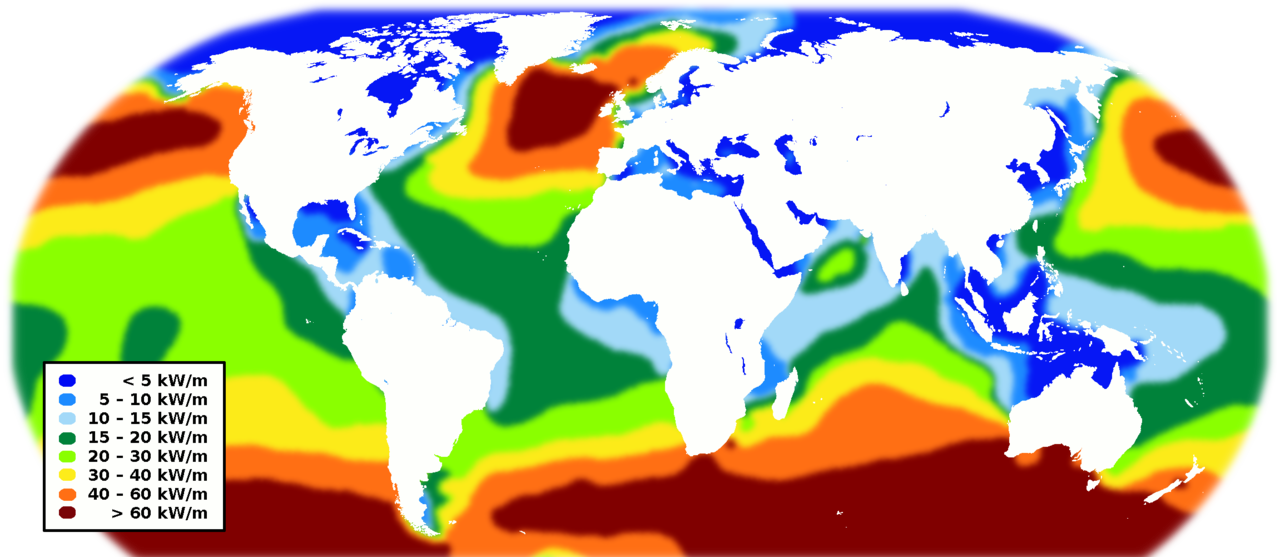A new way for wave and tidal energy
Energy 23 March 2015In the framework of clean energy, electricity generation may derive from wave power, capturing the transport of energy by ocean surface waves.
The first recorded patent to use energy from ocean waves dates back to 1799 (Gilard, in France). A century later, to provide electricity to his house in Royan, the Frenchman Bochaux-Praceique constructed a device based on oscillating water-columns. However, Japan pioneered modern technology, following Yoshio Masuda’s experiments in the 1940s on navigation lights powered by the angular motion at the joints of an articulated raft.
The interest on wave energy converters (WEC) has experienced alternative trends, thriving in the 70’s during oil crisis and dropping in the 80’s, when there was no more urgency for an alternative to traditional fuels.
The new century has brought about a renewed concern on the scarcity of natural resources and on the risks for the environment, thus resuming the interest in unlimited resources such as ocean waves.
In 2003, several Northern Europe enterprises (European Marine Energy Centre, Scottish Power Renewables, Pelamis, Wello) start to invest in different technologies for new wave and tidal energy. After more than a decade from the wage renaissance, civil society is involved in WEC investments through crowdfunding initiatives and, what is more, the Mediterranean Sea is eventually entering the business. Enel Green Power and 40South Energy are developing a new device (R115) that, once fully operating, will be able to generate around 220 thousand kWh per year, enough power to meet the needs of more than 80 households. The project has recently won the European Solar Prize 2014, a prestigious green energy award established by EUROSOLAR (otherwise known as the European Association for Renewable Energy). “The R115 is the first device in the Mediterranean Sea to be enrolled in a public national registry for marine devices (the Italian Register for energy plants with a capacity between 60kW and five megawatts in the “Oceanic Plant Type” category). Compared to the most popular wave energy conversion technologies used in Northern Europe, the two-stage design of the R115, which allows the converter to move up and down autonomously in the water column and to seek its nominal energy level, has several advantages: simplicity and speed of installation and decommissioning, reduced investment and maintenance costs, no threat to navigation and negligible environmental impact”.
The potential of the wave and tidal energy is gargantuan: the worldwide resource of wave energy is estimated to be greater than 2 TW although, at current technology, only 1/5 of it can be captured. Side effects of WEC (noise pollution, sediments) are negligible. It could be an interesting clean energy resource, which the Earth offers generously.








